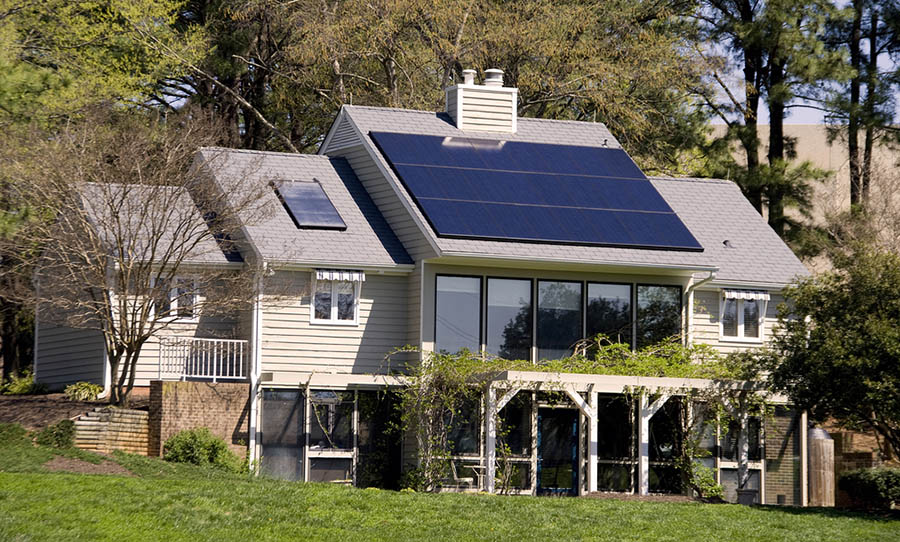The important points
- Though they may not look pretty, solar panels will reduce your energy consumption.
- Solar panels are a way to save money on energy bills in the long term, not necessarily in the short term.
- Solar panels may boost the resale value of a home.
Solar panel pros and cons
Aesthetics
In the past, solar panels were off-putting because they were unsightly appendages tacked onto the roof of your home. However, panel manufacturers have begun to discover better ways of incorporating them into the roofline of a home.
Don’t make a snap decision based on the early days of solar panel use—explore the options available today.
Price
When solar panels first became available to North American consumers, they were expensive to purchase and even more costly to install.
However, the price of solar panels has fallen dramatically since 2014—approximately a 70% drop in that time.
Potential savings
The cost savings you’ll realize from solar panels will be long-term savings, not something with an immediate impact.
Your electricity bill will determine what your savings will be. To calculate potential savings, first look at your monthly electricity bill to determine what you pay per kilowatt hour (kWh).
Then, estimate your average energy usage. The average North American home uses approximately 870 kWh per month. Of course, the size of your home, and many other factors, have a major influence on that number. You can always find your actual monthly energy usage on your electricity bill.

Solar panel efficiency continues to make great strides, with many models sporting conversion to electricity rates greater than 20 percent.
To estimate how many solar panels you’ll need for your home, you can use a solar calculator.
Comparing the costs of electricity monthly is only part of the equation, however. You’ll also need to take into account the installation cost of your solar energy system.
Solar panel installation
Costs
Adding a solar power system to your roof can be expensive. After all, you’re paying for the rooftop preparation, the installation, and the electrical system.
The Canada Energy Regulator estimated the cost of a 5 kW residential solar panel installation to be about $15,000 as of 2018. They expect prices to continue dropping, too.
There are many online solar marketplaces to help you compare the price and installation costs for various systems that interest you. You can use this information to determine how long it will take the system to pay for itself.
Home resale considerations
There have been several studies on how solar panels affect home resale values. Findings from one such study indicated that the presence of a solar system boosted resale value by an average of 4.1%.
That’s on top of energy savings accrued from using the system. Altogether, many homeowners stand to gain at least some financial advantage from solar panels, at least in the medium to long term.




